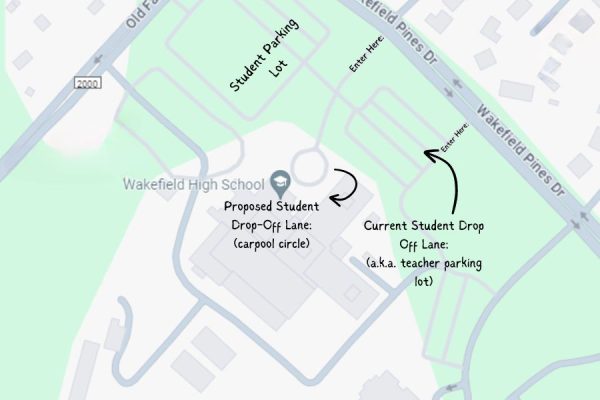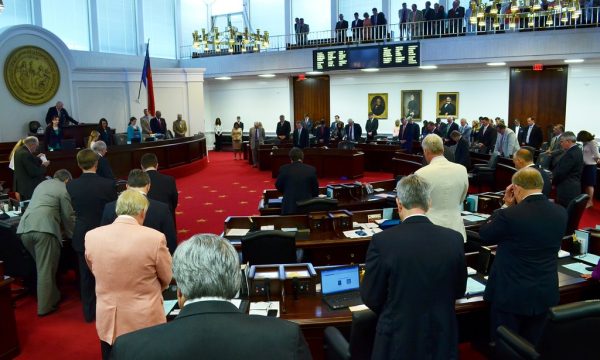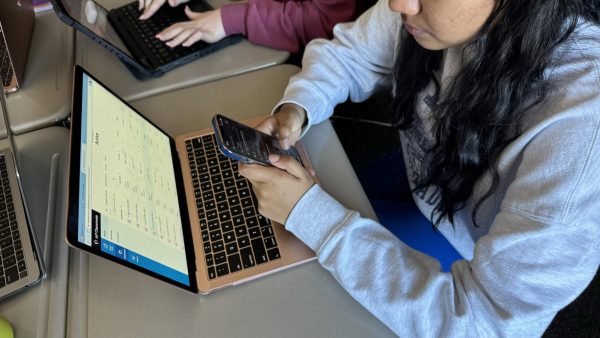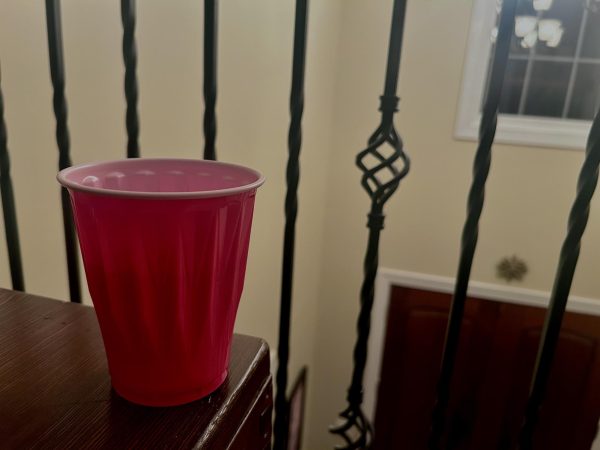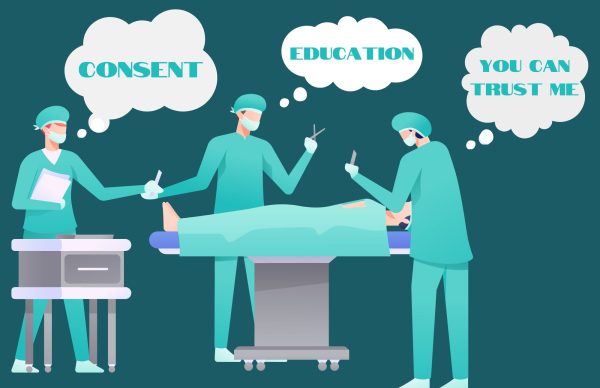BSU survey on race relations provides a new perspective
Students find that discrimination is more prevalent than suspected
The Black Student Union conducted a survey that examined race relations at Wakefield High School, presenting students with questions that many may wonder, but are too afraid to ask for fear of causing tension. With the input of 145 students, varying perspectives contributed to the results of the survey.
The survey was introduced on October 15, 2015 by @WakefieldHS and @WakefieldBSU on twitter as well as various AP classes and a theatre class. Of the 145 people surveyed, 42% were minorities, 58% were not, and 15% were members of BSU.
With this survey has come a sort of wake up call to make individuals more aware of their social habits. Although race relations are mostly overlooked, BSU shed light on the reality at Wakefield. Despite the fact that the Civil Rights Movement is only about 50 years into our past, internal bias and the urge of individuals to form groups with others who look like them still exists; students at Wakefield are no exception to the internalized prejudice that plagues many Americans.
Results were somewhat conflicting, but at no surprise. While 51% were aware of judging or stereotyping people even by accident or instinct, 49% denied judging or stereotyping people at all. However, 65% of minorities said that they feel judged/stereotyped by their peers or teachers or both.
Furthermore, 72% people claimed their associates have a wide range of racial background, and only 28% acknowledged that they associate mostly or only with people who share their race. This conflicts with the fact that 68% of those surveyed agreed that Wakefield is racially divided as well as only 2% believing that Wakefield does not have racial cliques.
Perhaps the lack of self awareness is a result of how racially divided the school is. It is typical for kids of one race or ethnicity to mostly have friends of their pertaining group and a couple of friends who have a different race or ethnicity, convincing them that their friends come from a wide range of backgrounds. However, being white and having two black friends or being Hispanic and having a few friends of different ethnicities here and there hardly indicate a variety of backgrounds within friendships.
It is easy to ignore divisions between races when it becomes the norm, but division should not be the norm. Sure, it is easier for people to interact with others who share their culture and background, but it is wrong to close off relationships with people who seem different due to the assumption that it is too difficult to relate to or enjoy the company of someone who sees and experiences things so differently.
Often, people who are judged at first sight are those with the best personalities and views. Although not everyone is predispositioned to the idea that they are better than those who they do not want to interact with, it is also the fear of being too different or feeling uncomfortable that hinders people from meeting amazing people. For this reason, it is apparent that rash judgements are harmful to those being judged, as well as to the people making the judgments.
A comment submitted to the survey that caught my attention stated, “this survey is just another way to divide us,” and I could not disagree more. Acknowledging the separation of races and ethnicities in society does not mean asserting racism or prejudice, but rather, facing a situation head-on. Being passive will not make the problem go away because if knowledge is power, people can use this knowledge as a tool to make a difference in race relations. Change has never come about from silence.
If people do not realize the truth, no one will care and people will simply remain divided. The way individuals think will not change; no new perspectives will be offered to make a difference. However, if people become more aware of what they are doing and thinking subconsciously, a different action can be taken to correct a situation.
There are connections that people can make with each other that go beyond the color of skin, where they are from, how they present themselves, or a preconceived idea of who someone is. It is essential that people notice the subconscious effort that keeps others who are seen as different away.





